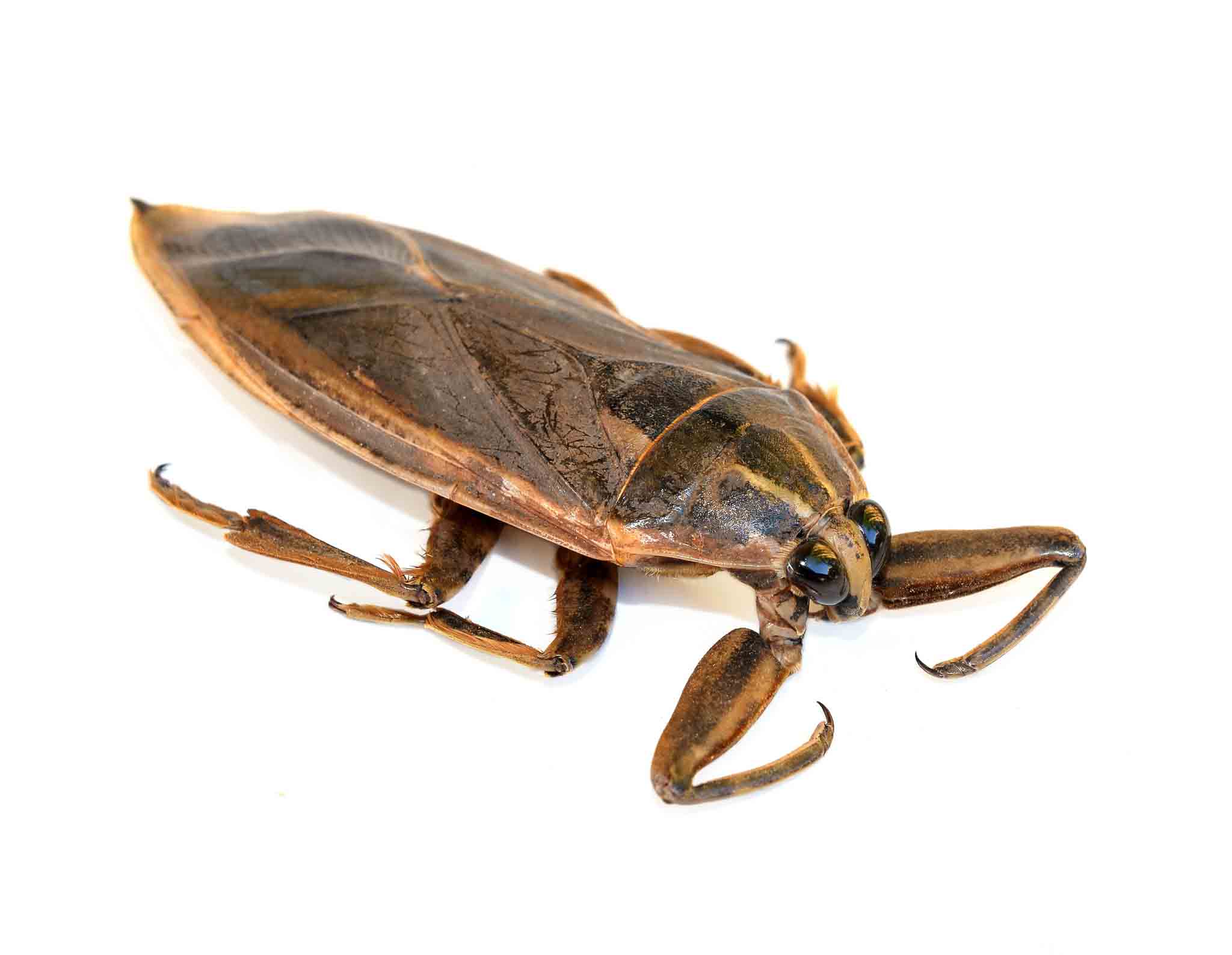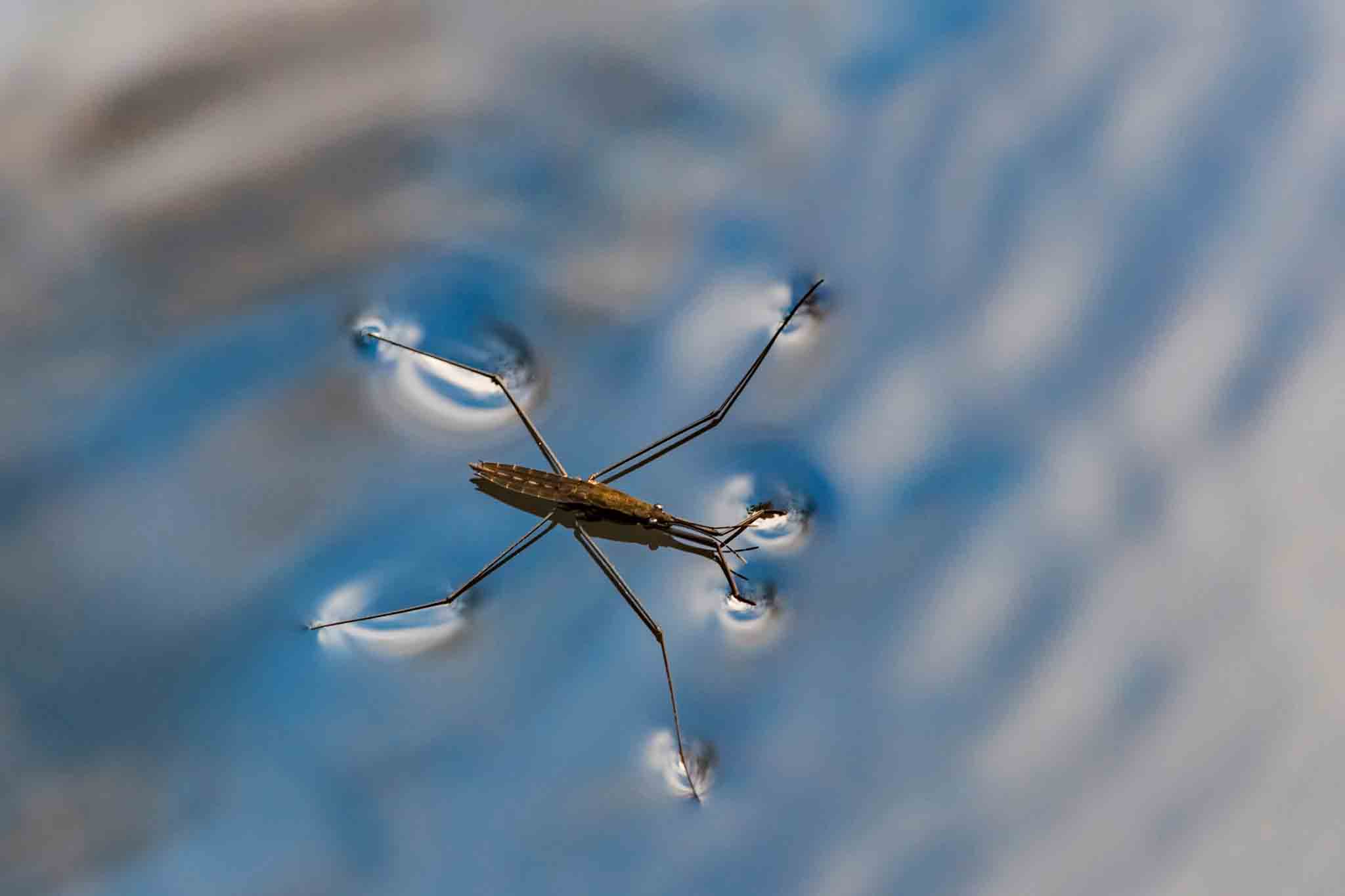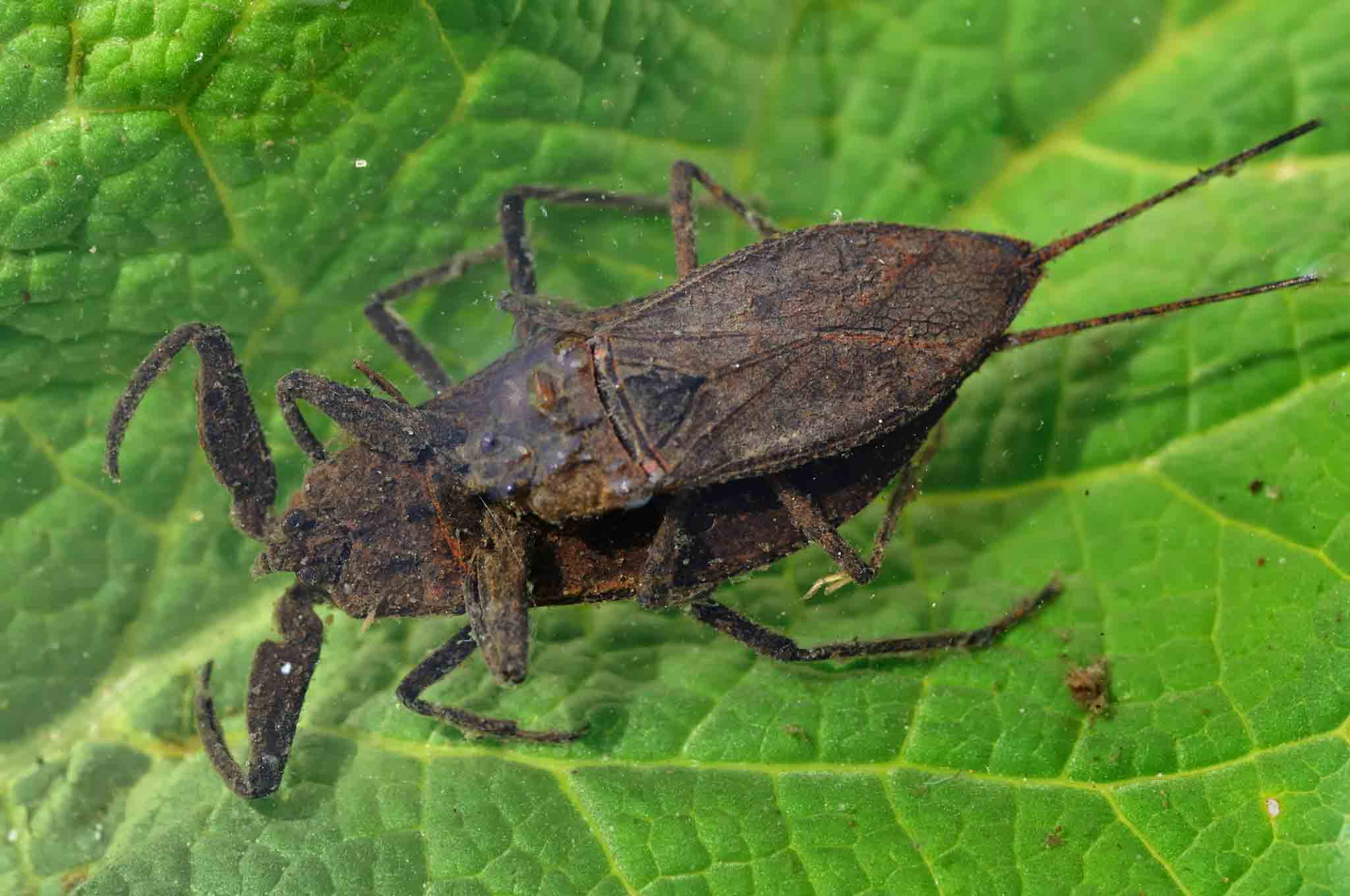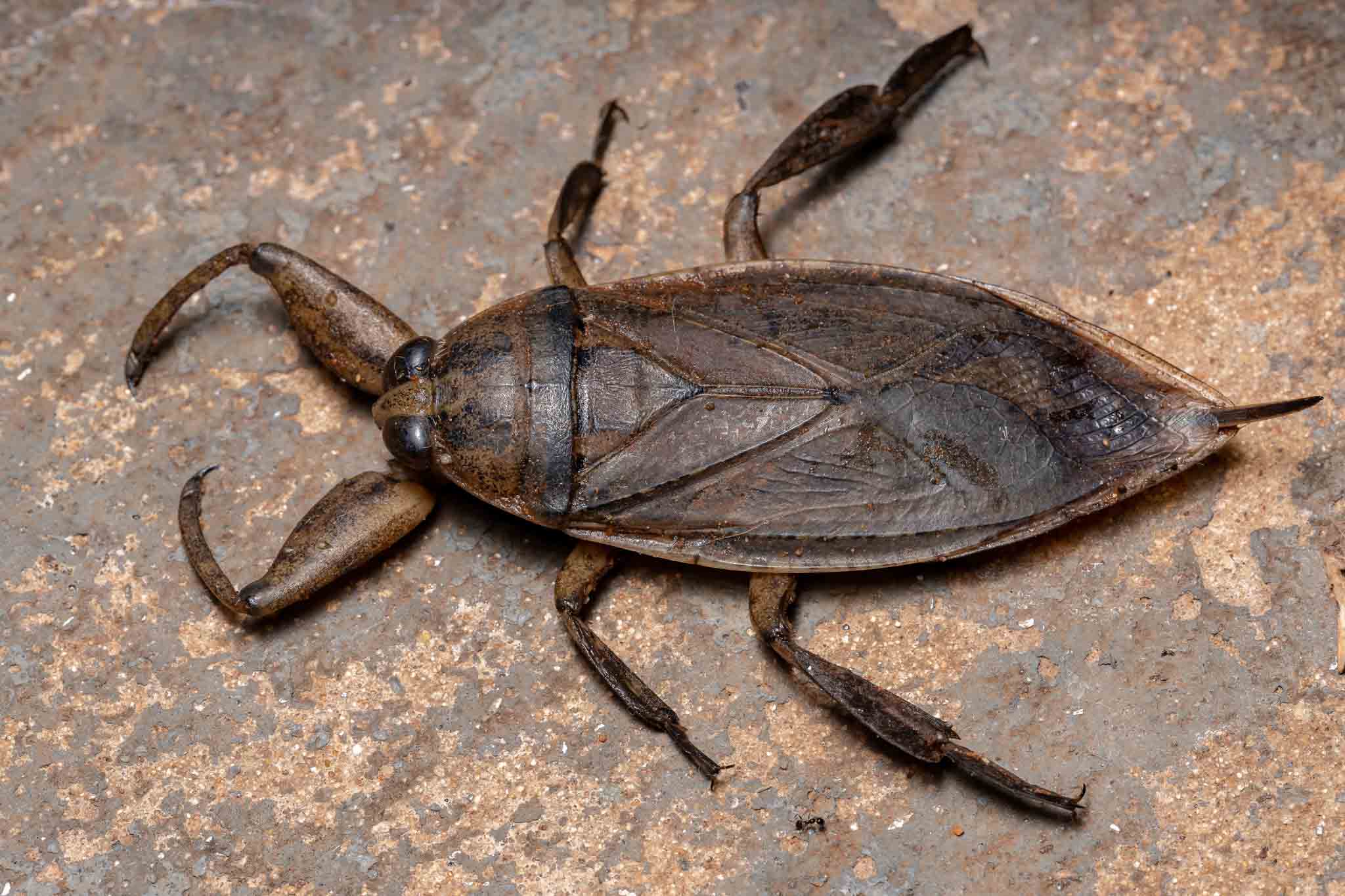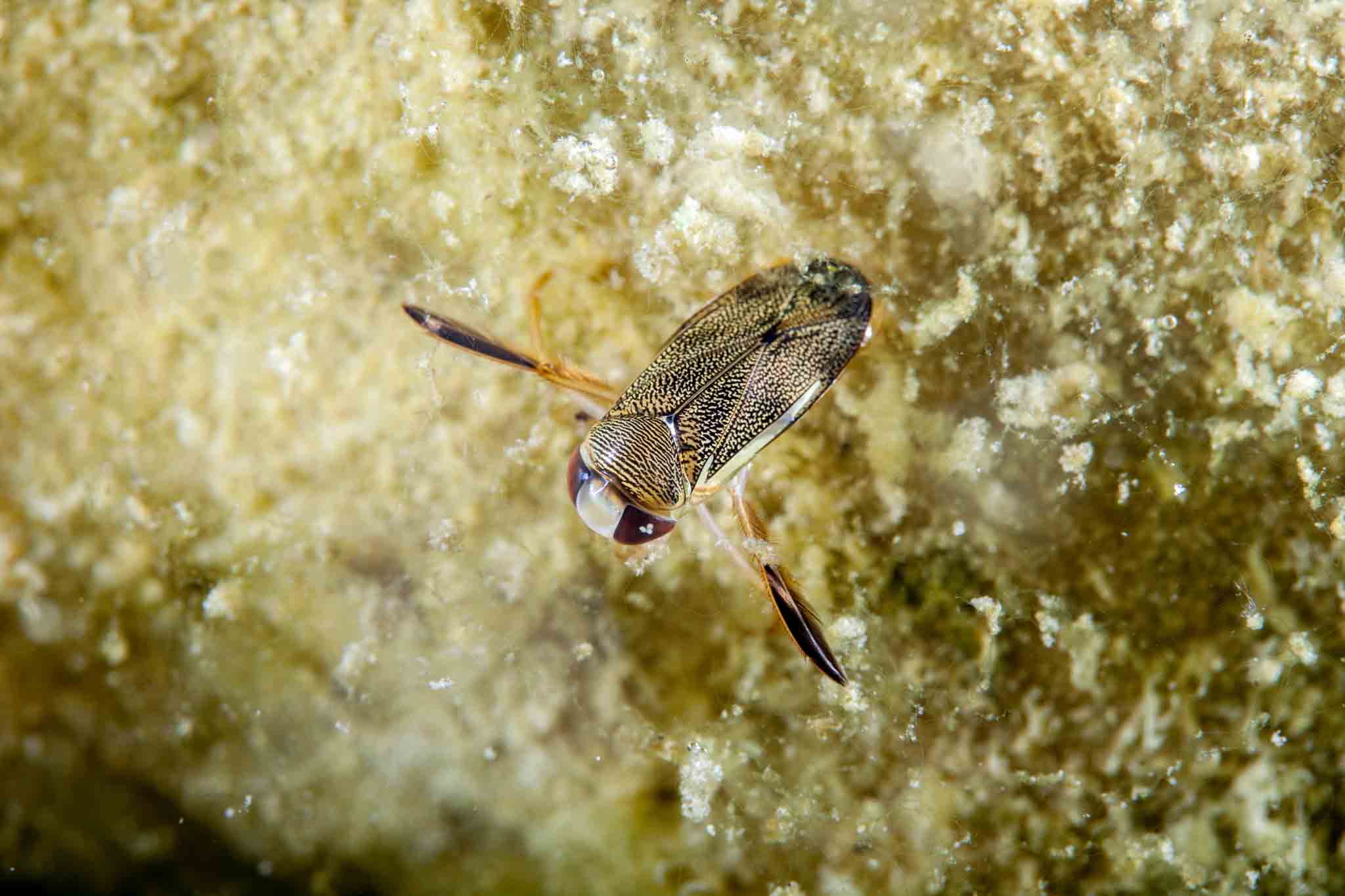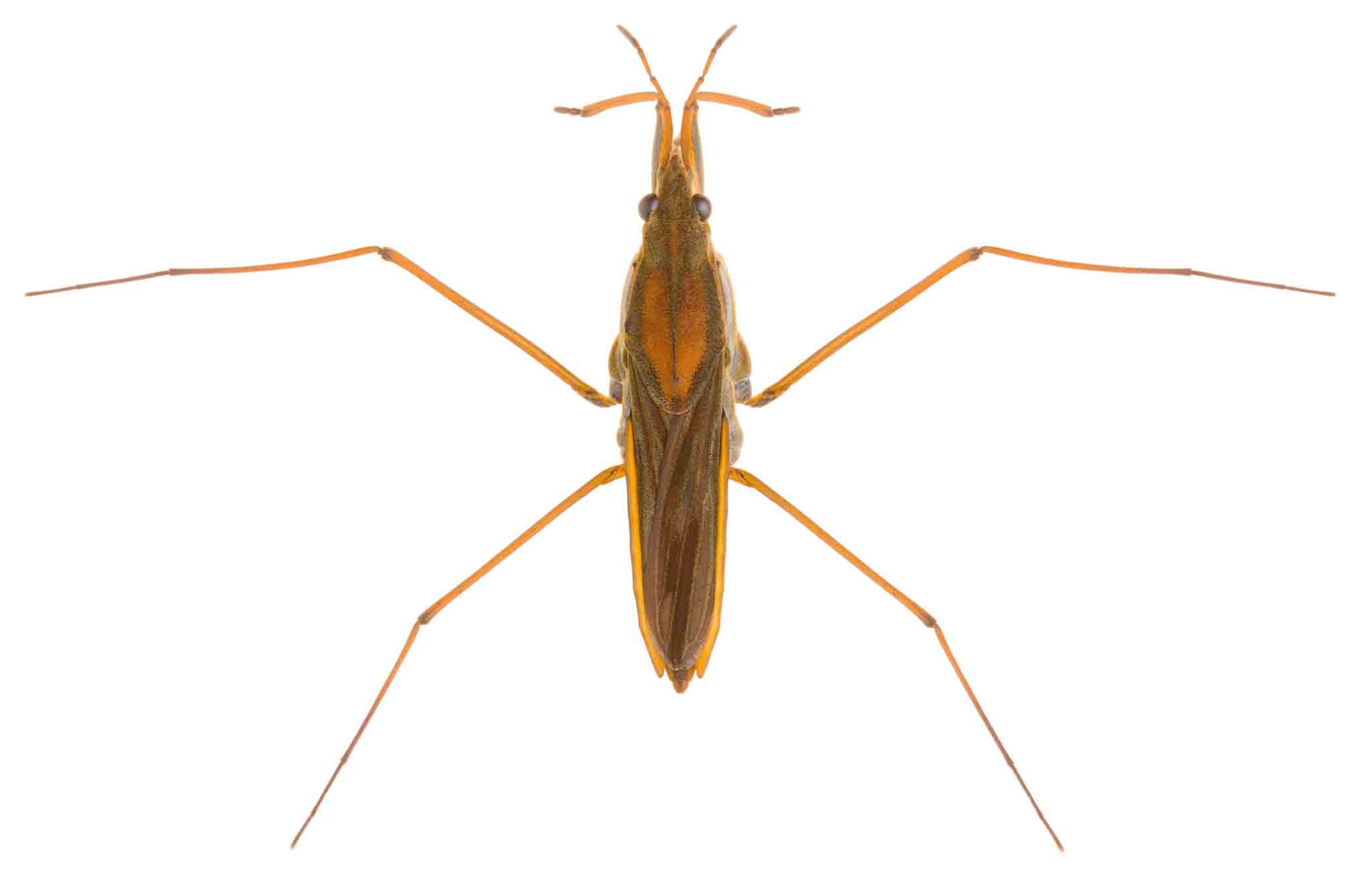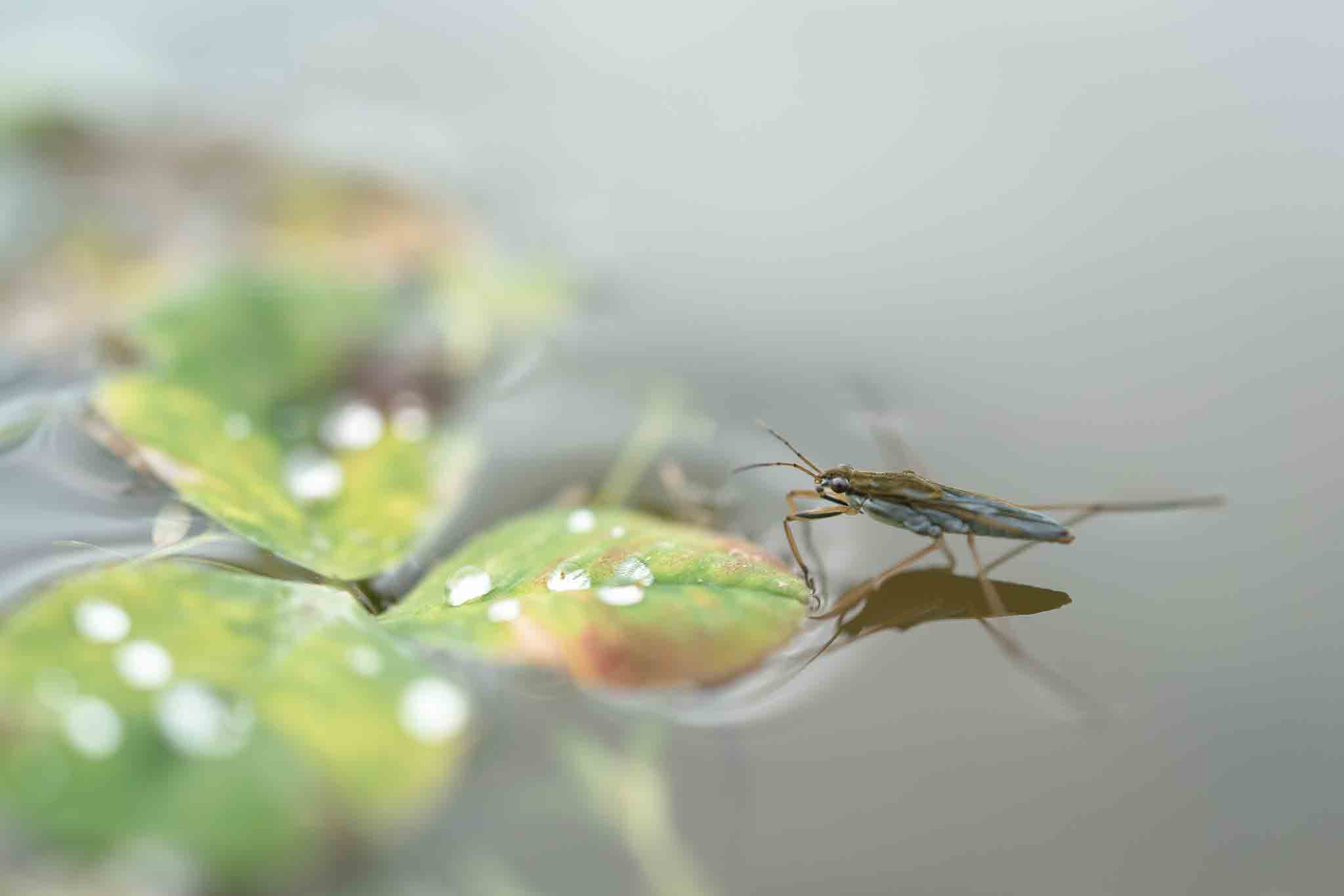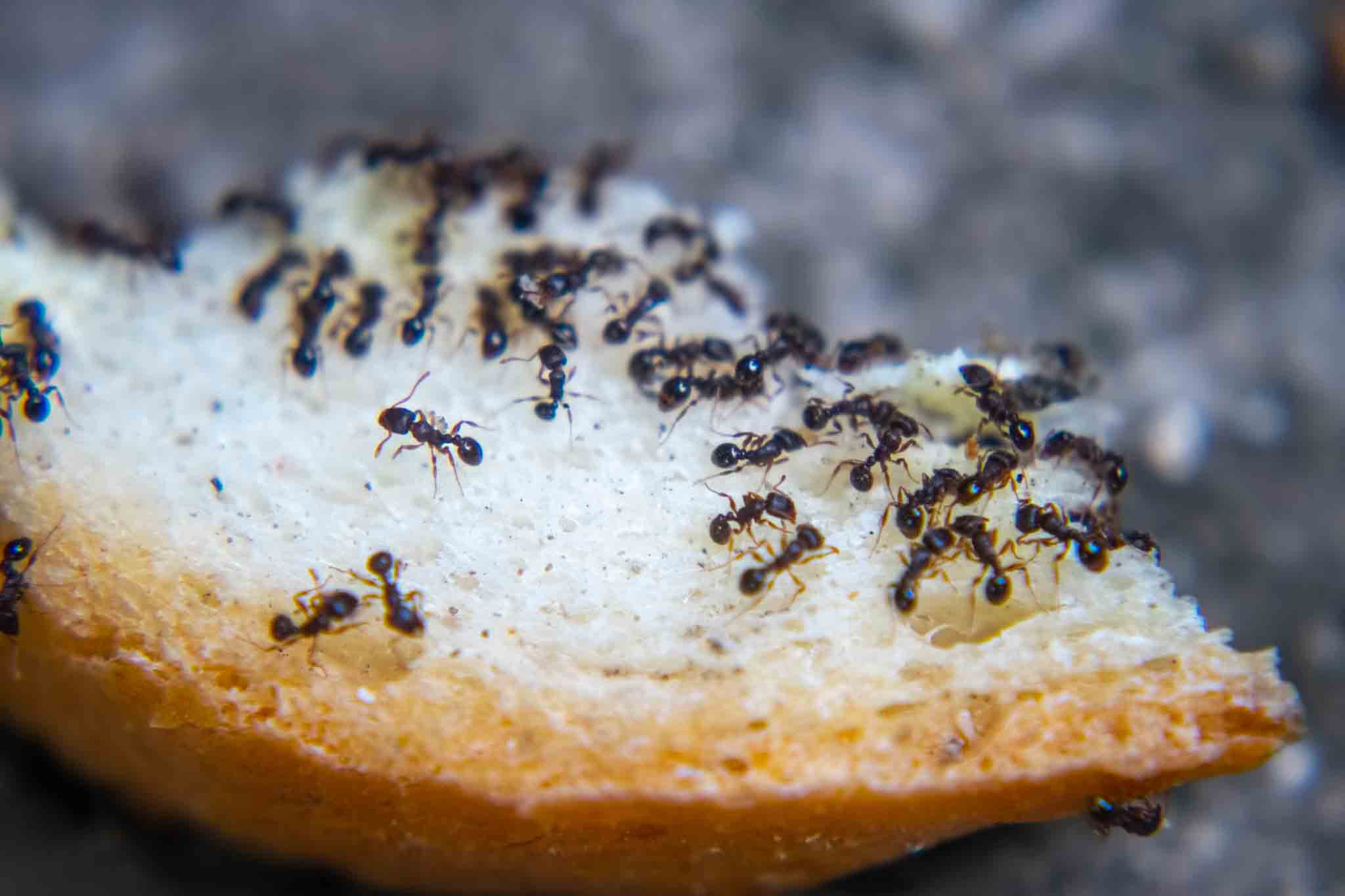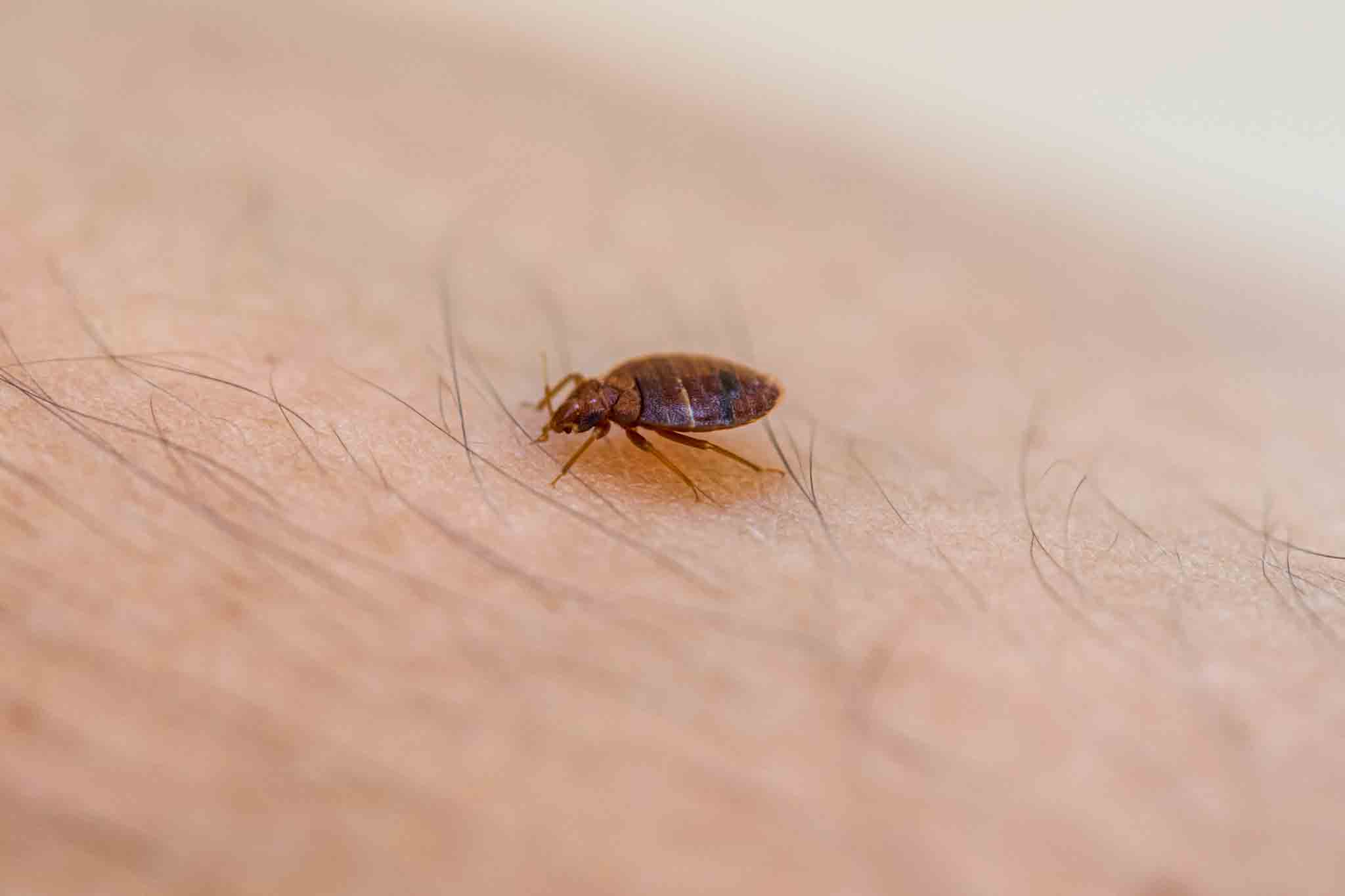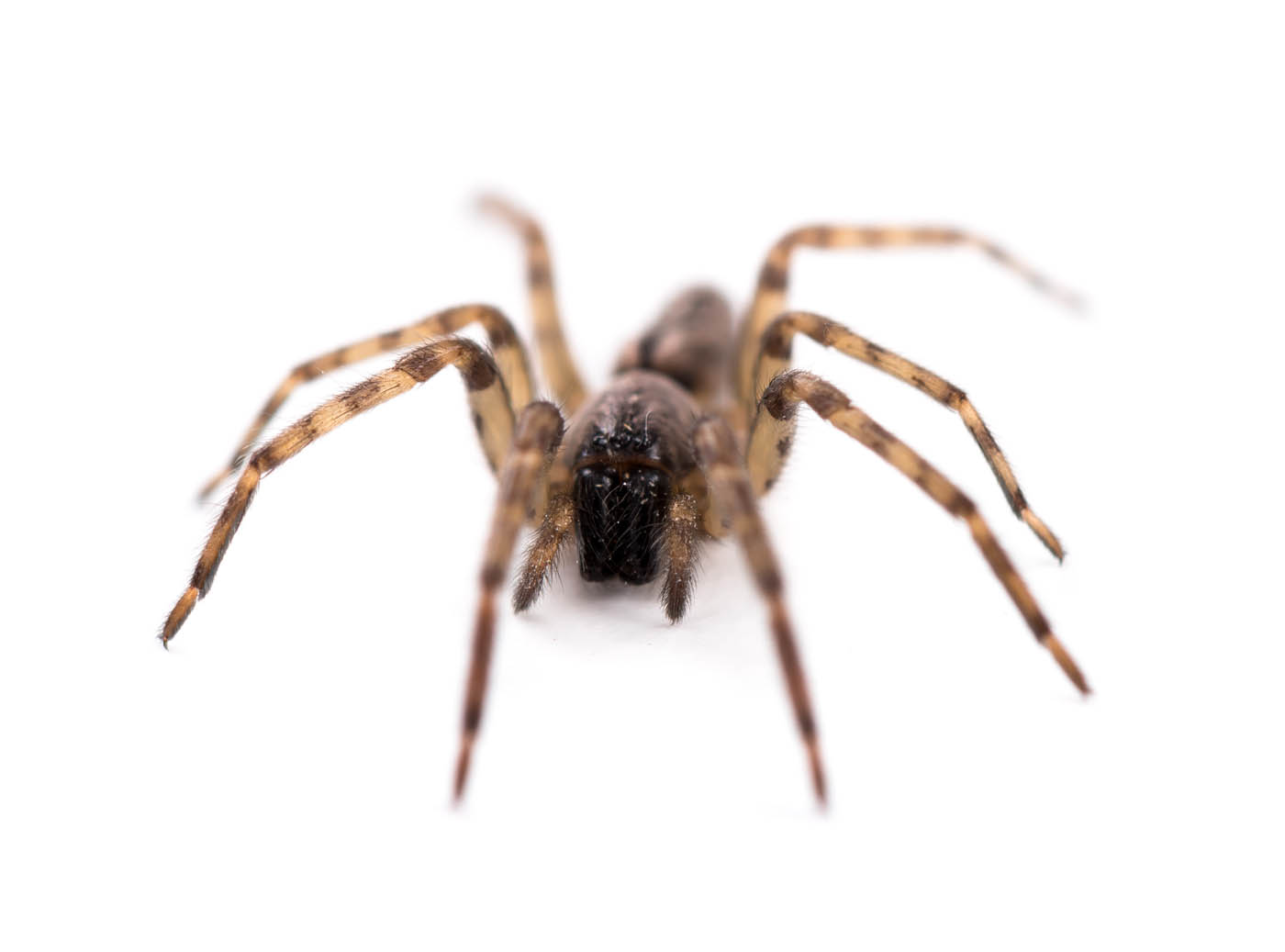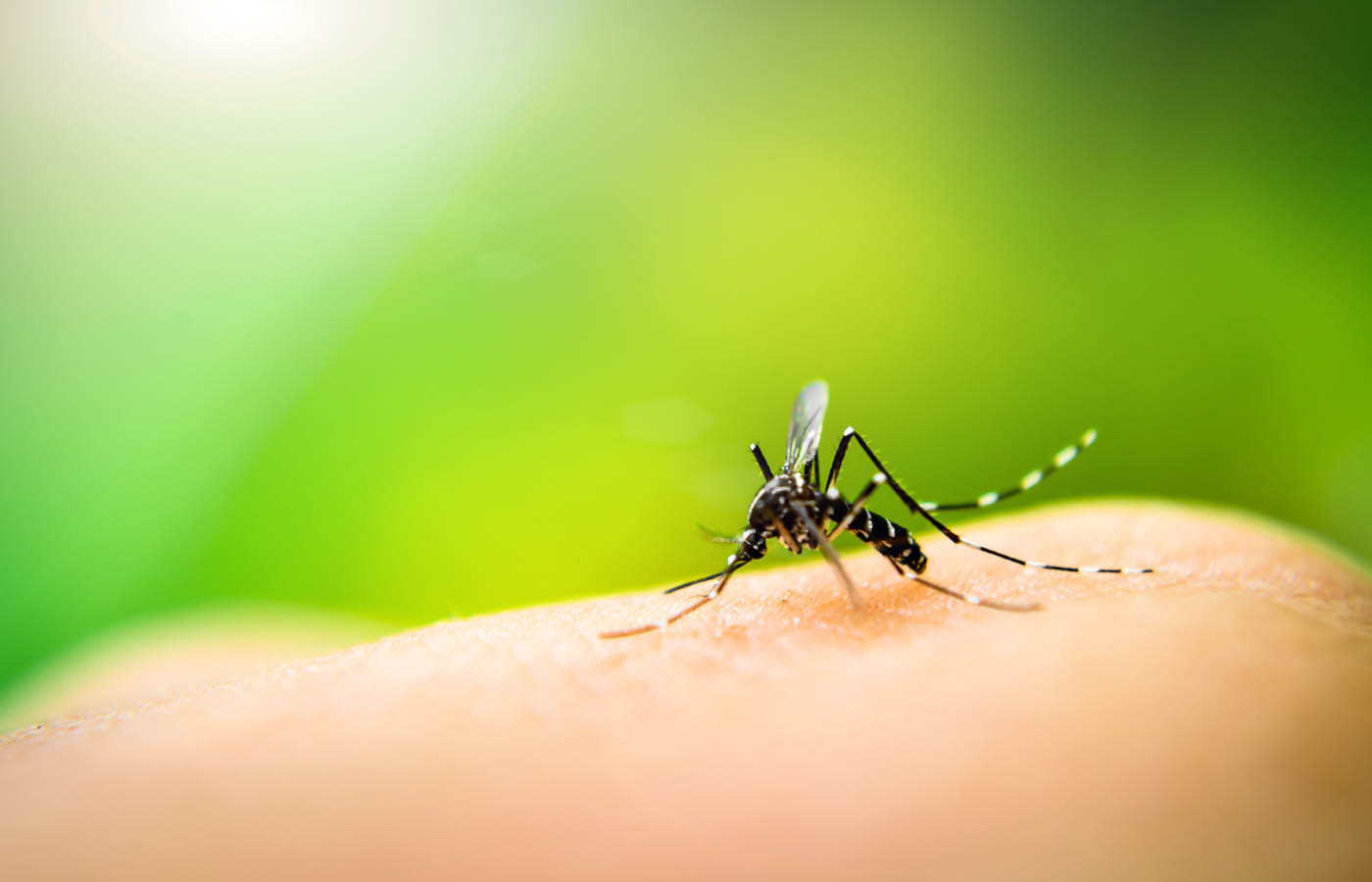Identification
Waterbugs in Nassau County are brown in color and their body is shaped like a boat; this design helps them to swim on their backs. They have a pointy, compact and sucking beak located on the posterior portion of their head.
They have six legs, two in the front for collecting food, and four in the rear for moving forward. They don’t have gills and store air bubbles inside their body to breathe underwater. They also have fully functional wings for flight. Their size varies from species to species.
-
Water Scorpion
Water Scorpions are named for their forelimbs that have the appearance of a scorpion’s anterior pincers. Their long and protruding breathing tube is also similar to a scorpion’s curved stinging tail.
There are two varieties of water scorpions, one is slender as a stick, and the other is fragile and leaf-like. Water scorpions are carnivorous. They strangle their prey with their front limbs and feed on its body fluids.
-
Giant Water Bug
Giant Water Bugs, as the name suggests, are large insects that live in the calm waters of freshwater streams and ponds. They are “stealth ambushers.”
They silently hide behind plant parts close to the surface and pounce on their prey with their powerful front legs when the opportunity presents itself. They dissect the prey with their sharp beaks and release enzymes to digest its body tissues. They hunt small fish, aquatic invertebrates, and tadpoles.
-
Water Boatman
Water boatman is named for its thick hairs that surround its legs like oars. It has a long, flat and distinctly black and brown striated body that is 13mm in length. Like most water bug species, it has two short legs in the front for seizing its prey and four long legs in the back for forwarding motion.
Unlike other members of the waterbug species, it is herbivorous and fills its appetites on water plants and algae. Its saliva contains specialized enzymes that dissolve the parts of a plant, rendering it fit for ingestion.
-
Water Striders
Water Striders are easily identifiable by their enormously long second and third pair of legs that are almost two times larger than their main bodies. The front legs are significantly smaller and are used for capturing prey.
They are carnivorous species and feed on larvae and small insects. They don’t secrete enzymes externally on their prey, instead push it inside their mouths and suck it dry. These insects can’t sense prey above or below the surface of the water because of their limited sense of hearing.
